AWS Solution Architect Certification Training
- 184k Enrolled Learners
- Weekend/Weekday
- Live Class
Have you ever wondered, What is Microservices and how the scaling industries integrate with them while building applications to keep up with their client expectations?
To get an idea, you have to understand how a monolithic application is decomposed into small tiny micro applications which are packaged and deployed independently. This blog will clear your understanding of how developers use this technology to scale their applications according to their needs. This blog is a foundation for Microservice.
Microservices were used to overcome the challenges of monolithic architecture that prevailed initially in the market and also enables you to deploy independent services.
So, before we move on to what is Microservices in simple words, let’s see the architecture that prevailed initially in the market i.e. the Monolithic Architecture.
In layman terms, you can say that its similar to a big container wherein all the software components of an application are assembled together and tightly packaged.
Listed below are the challenges of Monolithic Architecture:
Figure 1: Challenges of Monolithic Architecture
The above challenges were the main reasons that led to the evolution of microservices. So, now let us understand what is Microservices in simple words?
Microservices is an architectural style that structures an application as a collection of small autonomous services, modeled around a business domain.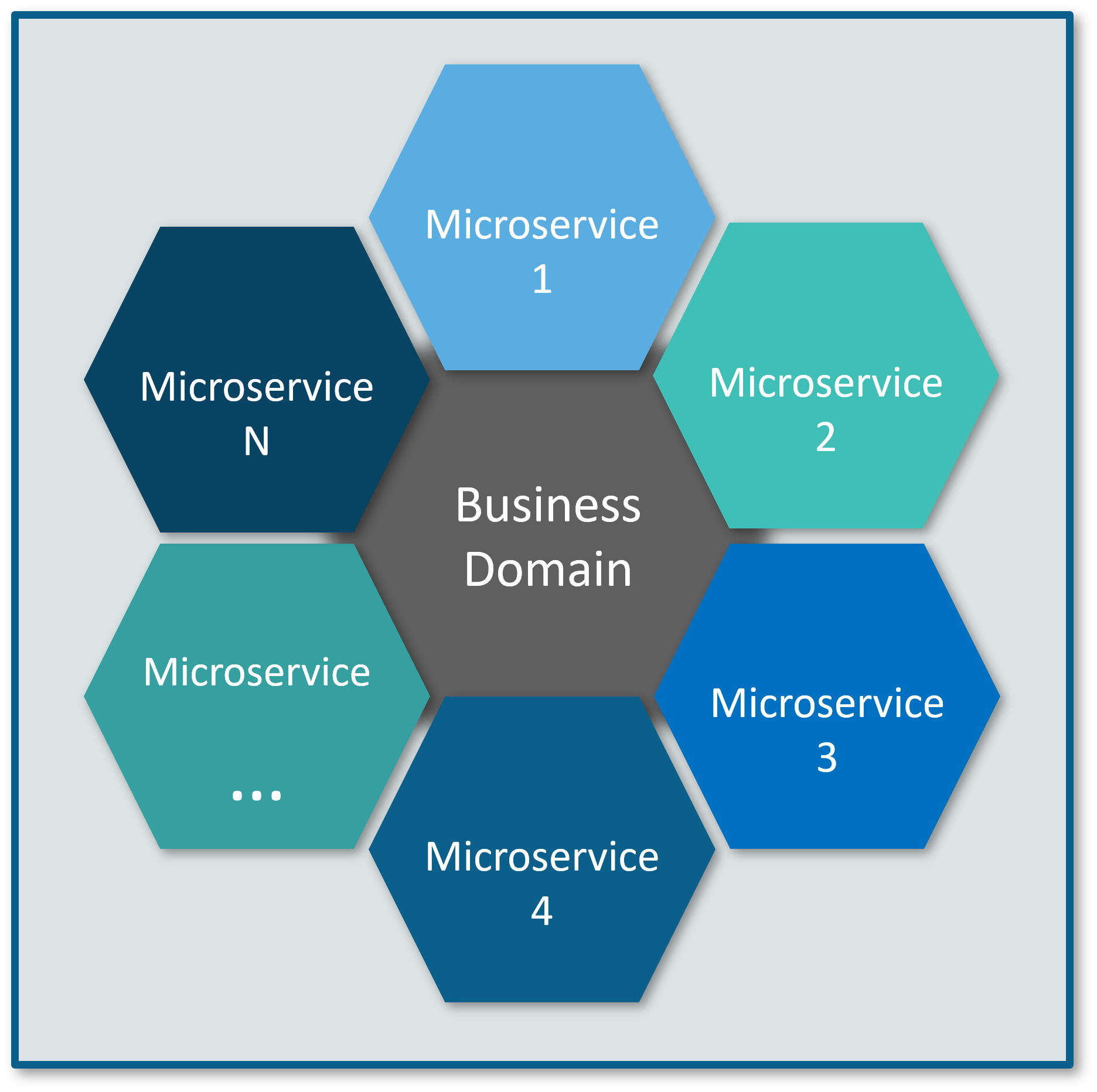
Figure 2: Microservices Representation
In the given Architecture, each service is self-contained and implements a single business capability.
Consider an E-commerce application as a use-case to understand the difference between both of them.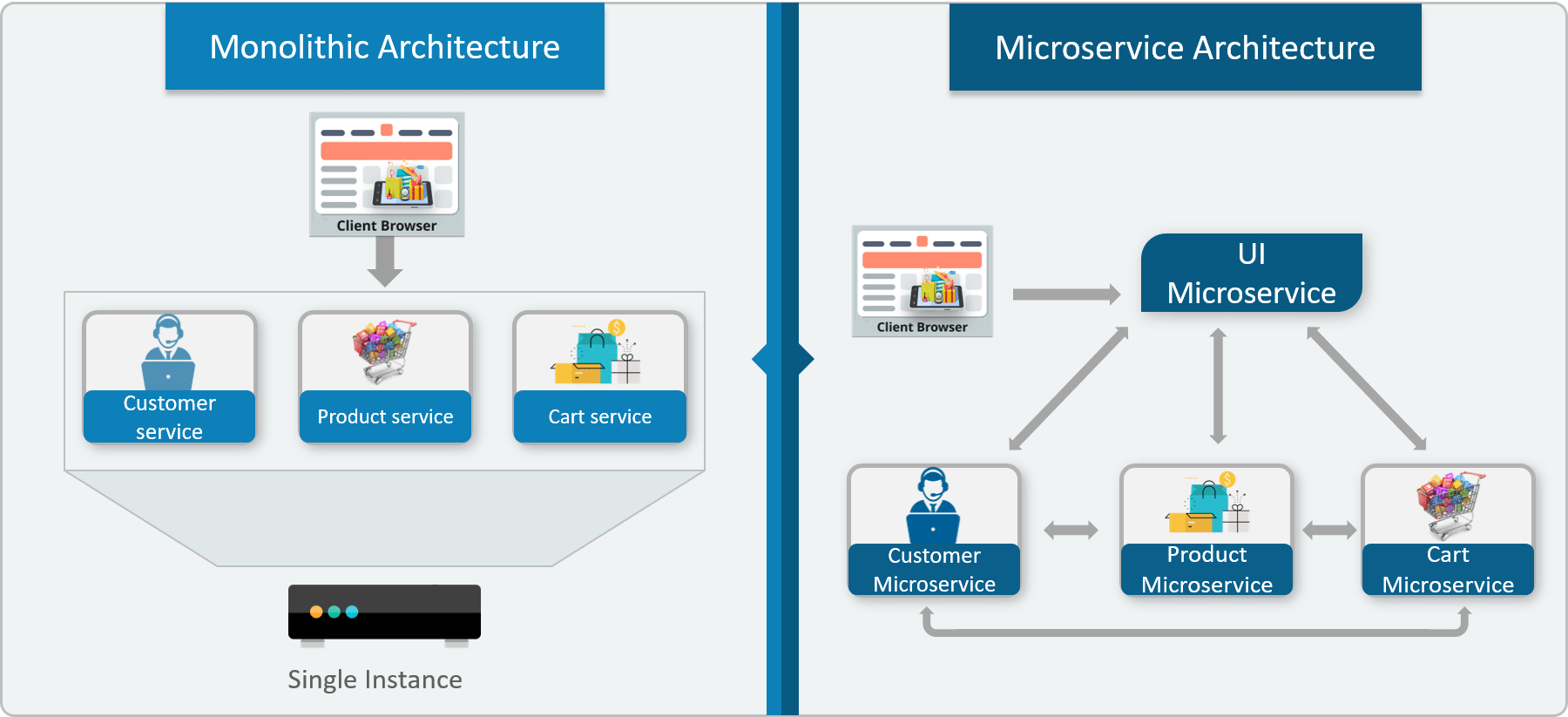
Figure 3: Differences Between Monolithic Architecture and Microservices
The main difference we observe in the above diagram is that all the features initially were under a single instance sharing a single database. But then, with microservices, each feature was allotted a different microservice, handling their own data, and performing different functionalities.
Now, let us understand more about its architecture. Refer to the diagram below:

Figure 4: Architecture
Now, let us learn more about microservices by looking at its features.

Figure 5: Features

Figure 6: Advantages
In today’s world, complexity has managed to creep into products. Microservice architecture promises to keep teams scaling and function better.
The following are the best practices to design them:
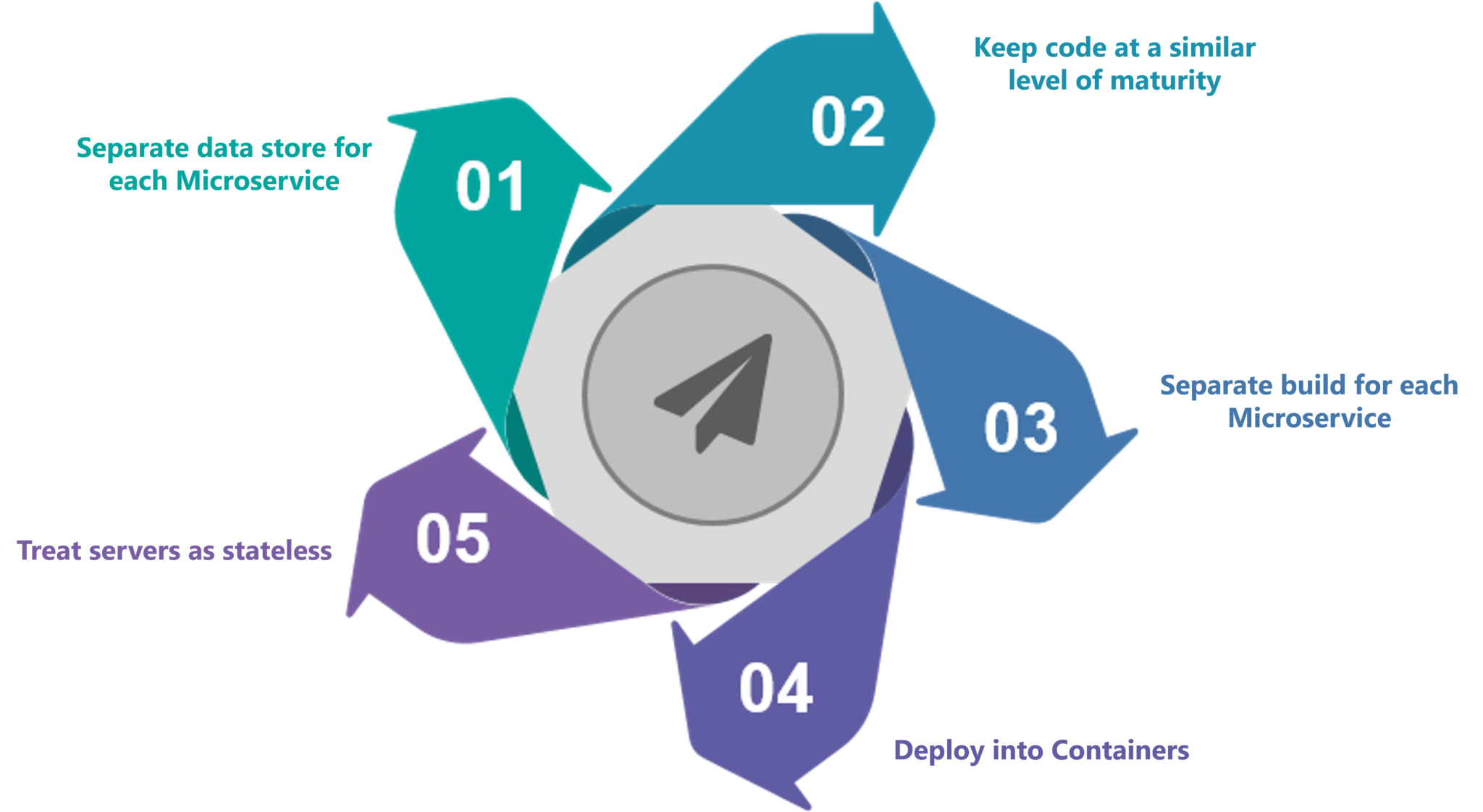
Figure 7: Best Practices
Let’s take a classic use case of a shopping cart application.
When you open a shopping cart application, all you see is just a website. But, behind the scenes, the shopping cart application has a service for accepting payments, a service for customer services and so on.
Assume that developers of this application have created it in a monolithic framework. Refer to the diagram below: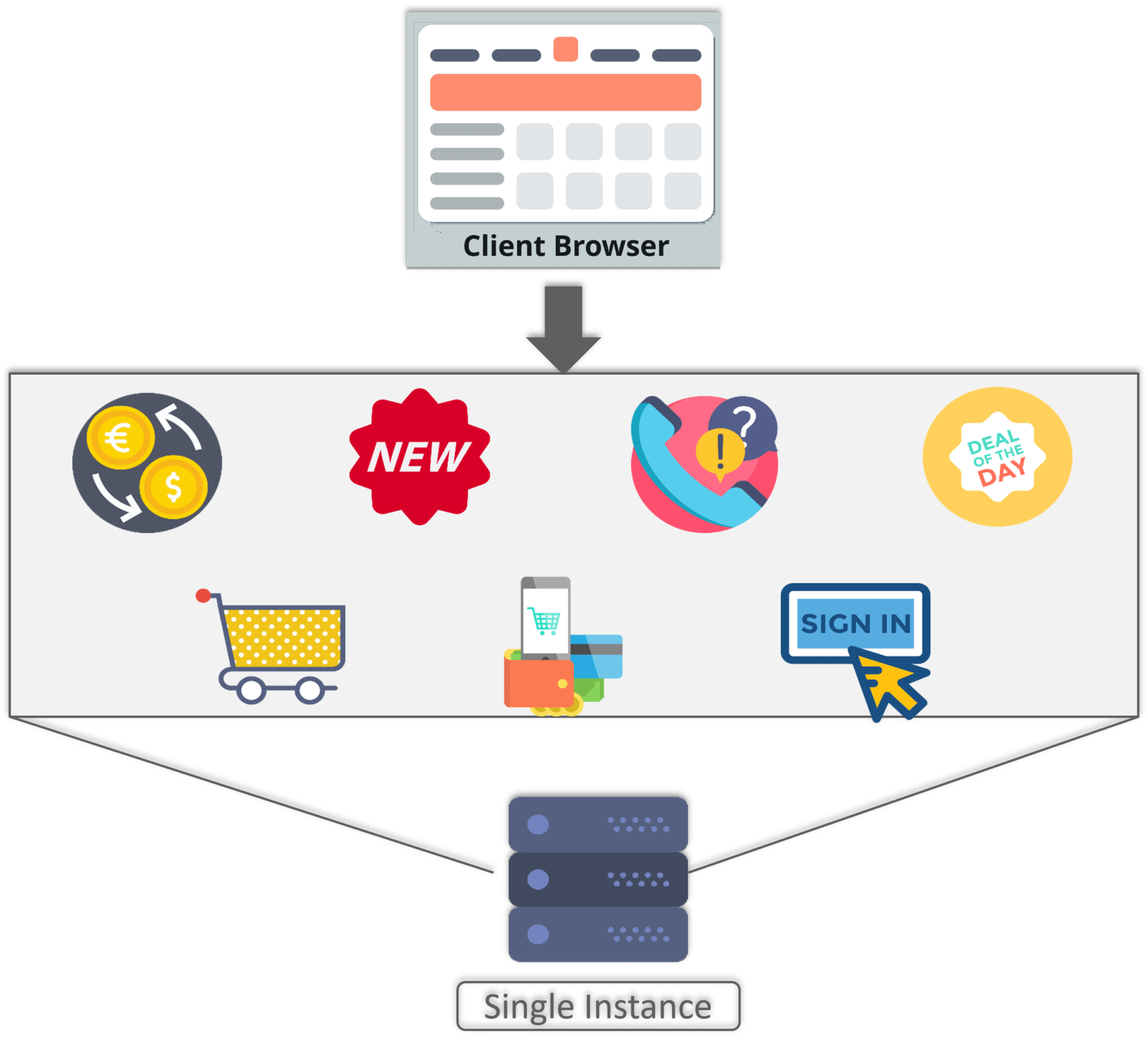
Figure 8: Monolithic Framework Of Shopping Cart Application
So, all the features are put together in a single code base and are under a single underlying database.
Now, let’s suppose that there is a new brand coming up in the market and developers want to put all the details of the upcoming brand in this application.
Then, they not only have to rework on the service for new labels, but they also have to reframe the complete system and deploy it accordingly.
To avoid such challenges developers of this application decided to shift their application from a monolithic architecture to a newer architecture. Refer to the diagram below to understand the architecture of shopping cart application
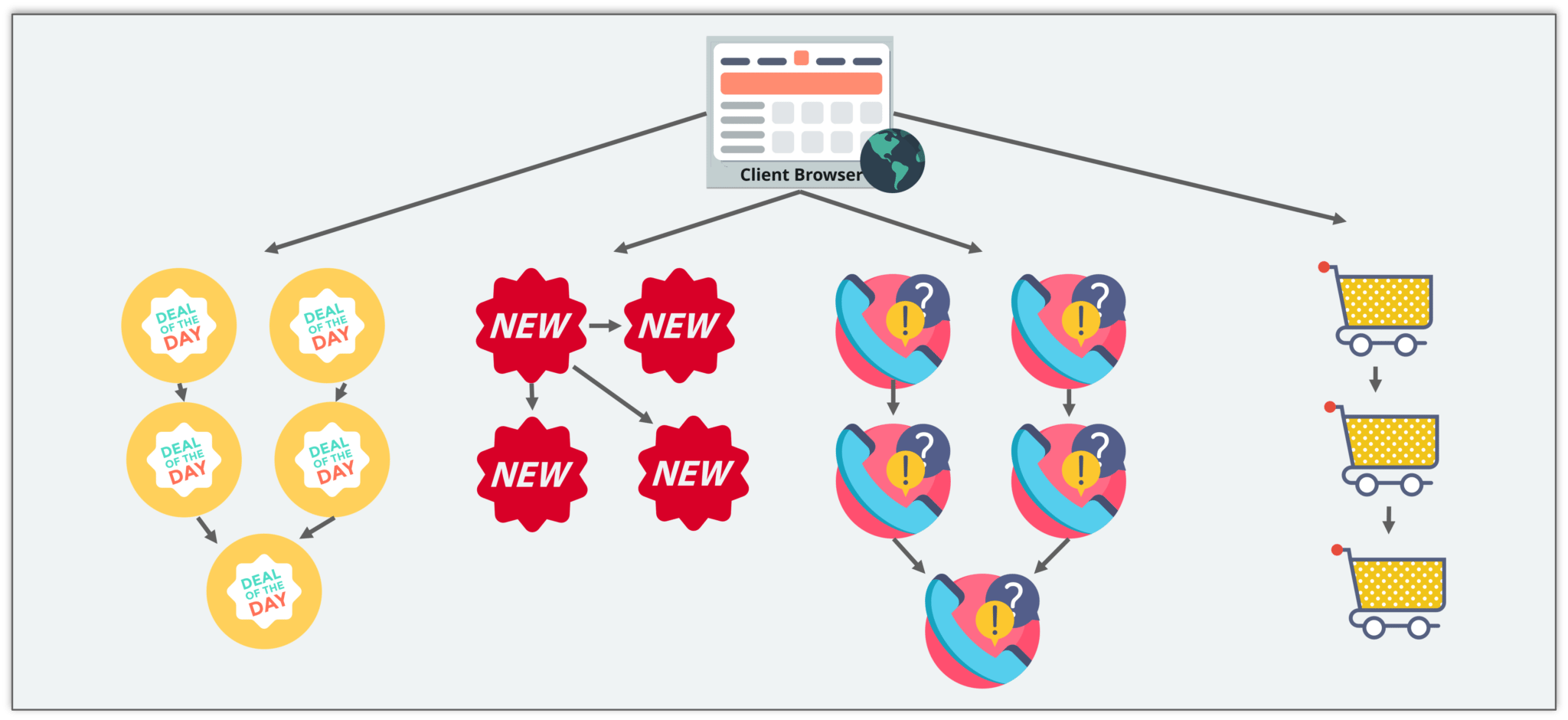
Figure 9: Architecture Of Shopping Cart Application
This means that developers don’t create a web microservice, a logic microservice, or a database microservice. Instead, they create separate microservices for search, recommendations, customer services and so on.
This type of architecture for the application not only helps the developers to overcome all the challenges faced with the previous architecture but also helps the shopping cart application to be built, deployed, and scale up easily.
There is a long list of companies using Microservices to build applications, these are just to name a few:

Figure 10: Companies
If you wish to learn more on this subject and build your own applications, then check out our Microservices Training which comes with instructor-led live training and real-life project experience. This training will help you understand the technology in depth and help you achieve mastery over the subject.
Got a question for us? Please mention it in the comments section and I will get back to you.
Comments closed
 Thank you for registering Join Edureka Meetup community for 100+ Free Webinars each month JOIN MEETUP GROUP
Thank you for registering Join Edureka Meetup community for 100+ Free Webinars each month JOIN MEETUP GROUPedureka.co
Good blog! Hate to be a grammar nazi .. but What ARE Microservices!